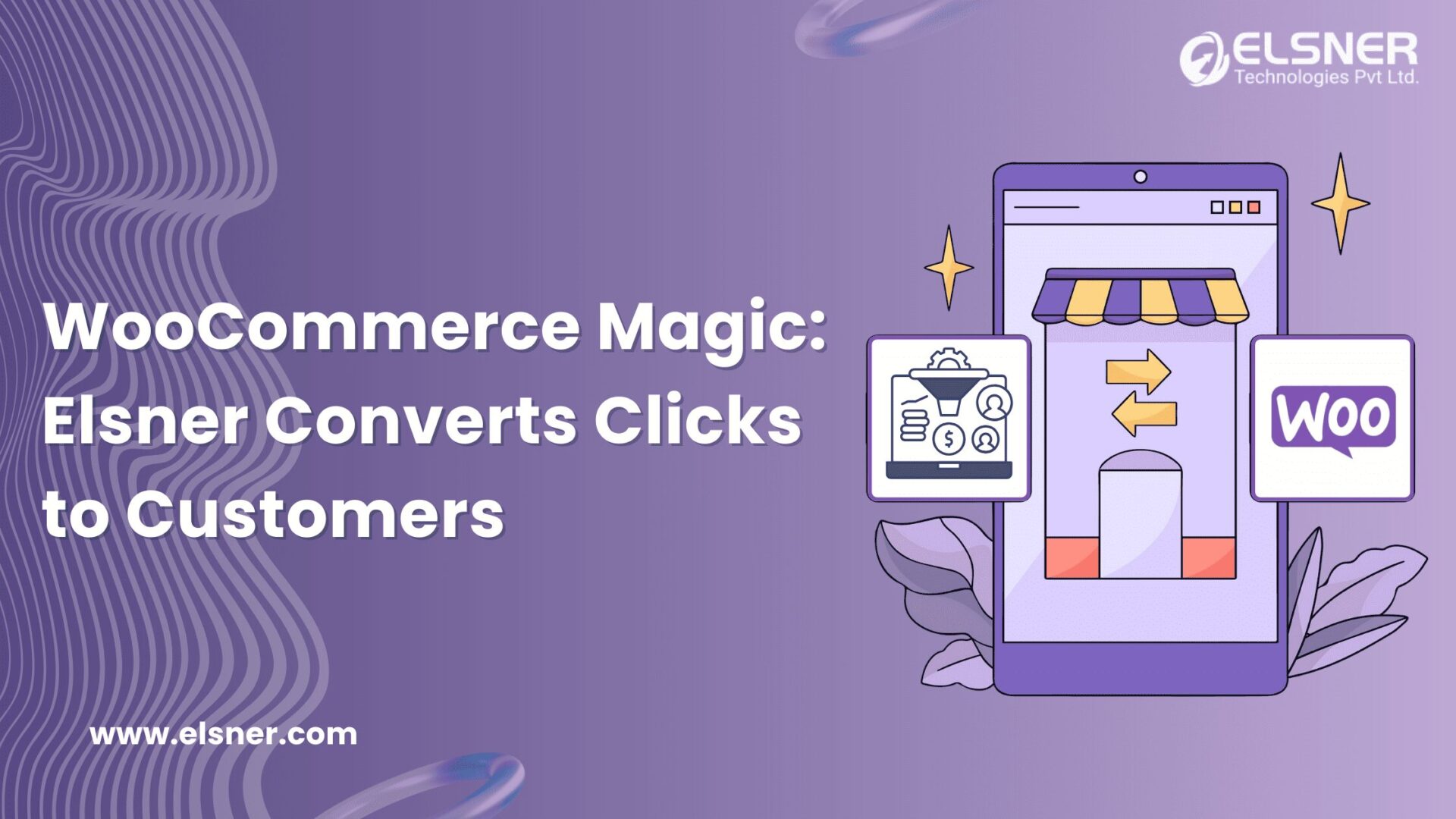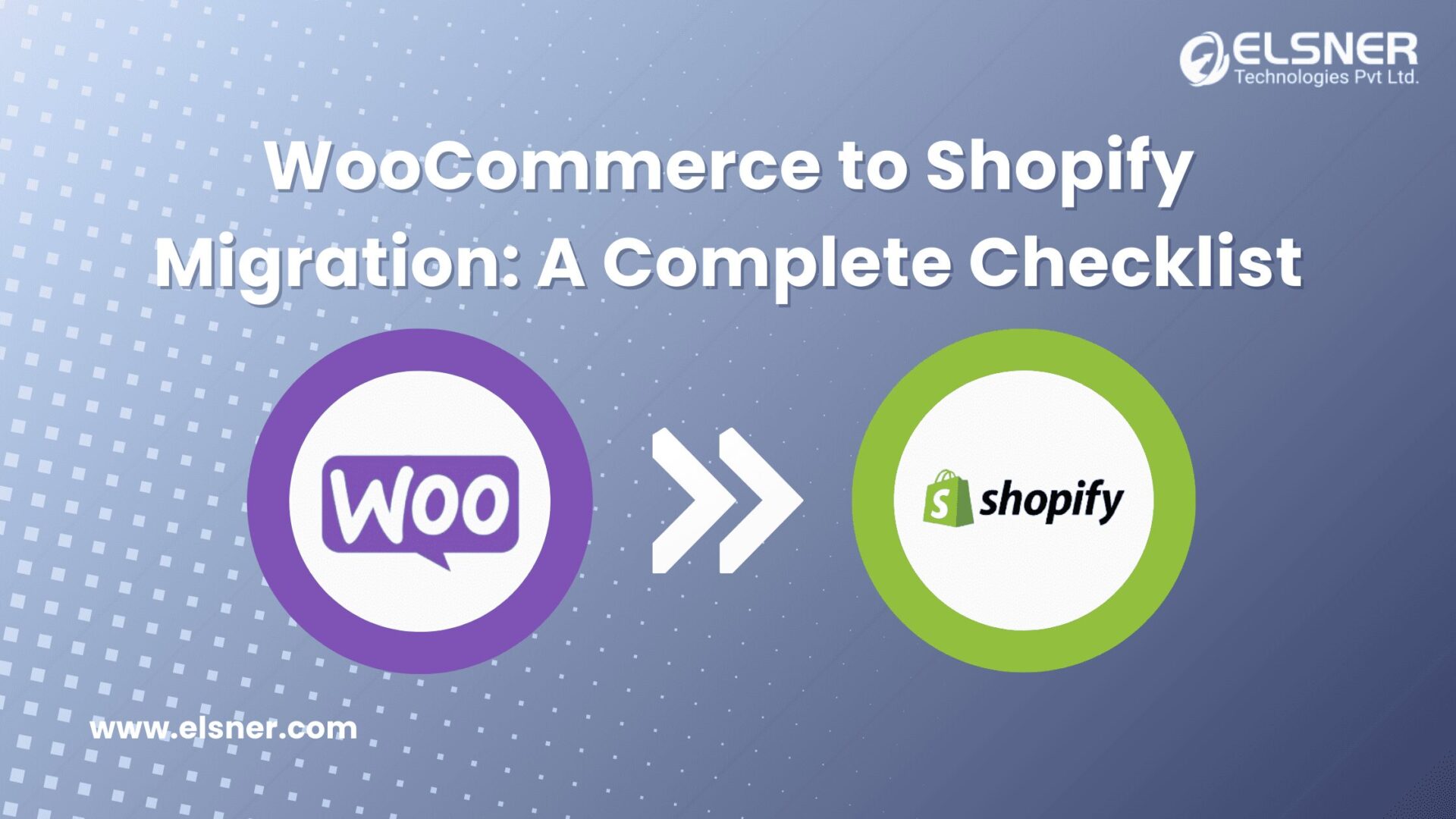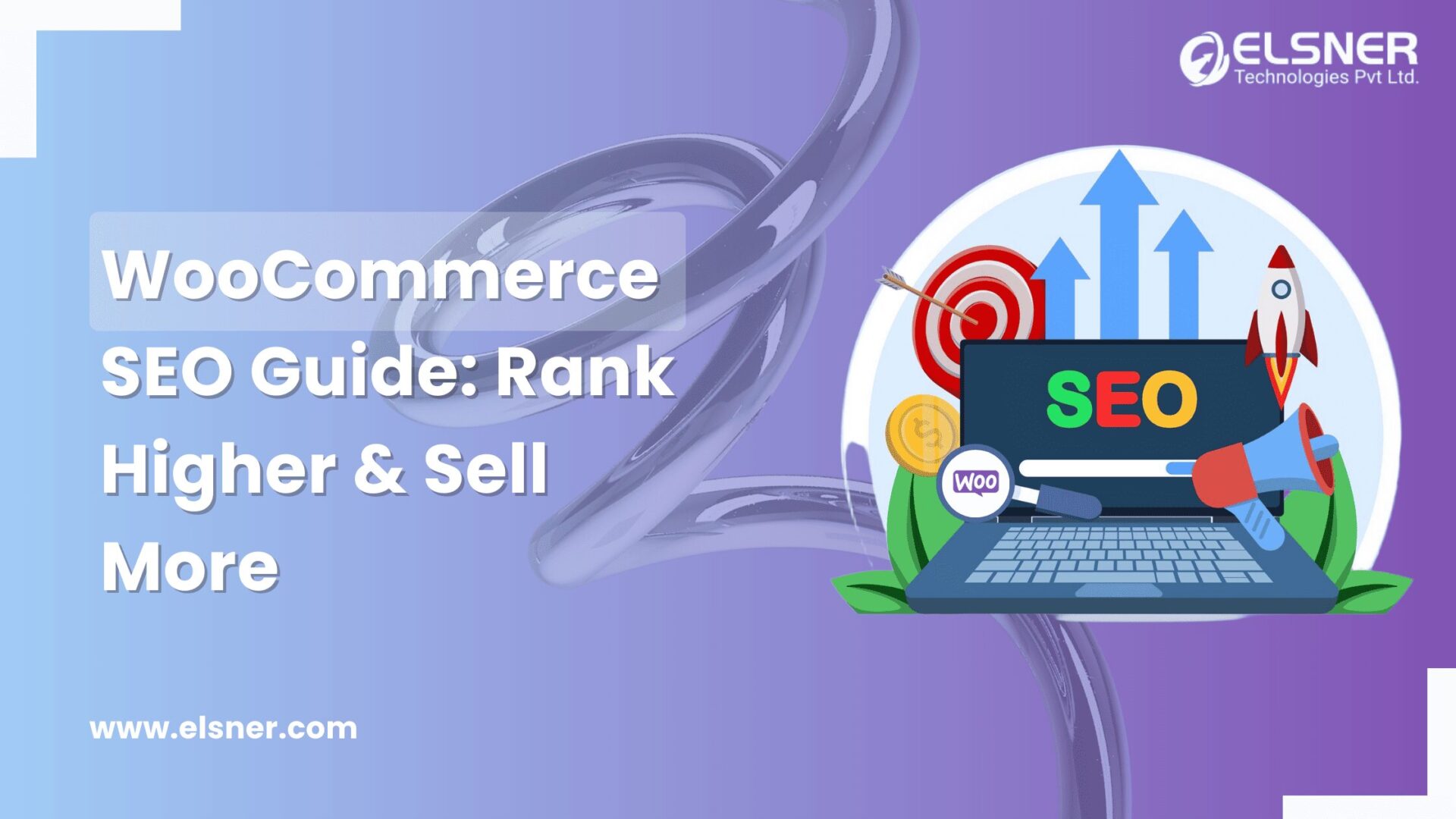- Understanding of Headless CMS
- Combining Headless CMS with WooCommerce
- Standard Headless WooCommerce Development Lifecycle Steps
- Headless CMS with WooCommerce Integration: Code Samples and Best Practices
- 1. Using API, Getting Product Information from WooCommerce
- 2. Using a Headless CMS for Simple Blog Post Administration
- 3. Easy and Quick access to Product details and Improved media resources
- 4. Integrated Headless CMS with WooCommerce SEO Optimisation
- Headless CMS with WooCommerce advantages
- Obstacles and Things to Consider
- Concluding Remarks
In the ultra-modern digital world, businesses are always looking for contemporary trends to enhance their online proximity and provide remarkable gestures. Content management frameworks (CMS) are the cornerstone of every successful online experience and are essential for tracking and distributing documents across websites. An underused system called Headless CMS is becoming more extensively known as invention progresses. Conventional CMS ways have long been used to produce and maintain websites. In this section, we will see an idea of a headless CMS and how it works with WooCommerce, one of the stylish WordPress eCommerce plugins.
Understanding of Headless CMS
The Headless CMS framework allows content to be handled independently and delivered by APIs (Application Programming Interfaces) to dynamic frontend operations, such as websites, mobile apps, and even IoT devices. This is in contrast to traditional CMS systems, where the front end and back end are tightly interwoven. This separation of concerns allows for greater scalability, content delivery across multiple platforms, and reduced dependency. Additionally, for eCommerce solutions, leveraging WooCommerce Development Services ensures a seamless integration of content management and a robust eCommerce experience.
Combining Headless CMS with WooCommerce
Businesses may pierce a multitude of chances to better their e-commerce experience by integrating a Headless CMS with WooCommerce. Every part of the website’s content operation, including product descriptions, blogs, landing runners, and marketing content, can be managed by a headless CMS. On the other side, WooCommerce may concentrate just on controlling the E-commerce features, similar as product rosters, shopping wagons, and payment gateways. Through the use of APIs, this separation enables each system to shine in its specialized field.
Standard Headless WooCommerce Development Lifecycle Steps

Step 1: Understanding Conditions and Data Collection or Data analysis for the Development of headless ecommerce
Step 2: Wireframing and Project Planning Framework for Integrating Headless Commerce
Step 3: Creating a Headless Commerce Interface prototype and design Planning for the unborn Designs
Step 4: Using Headless CMS and WooCommerce APIs Data synchronization that’s flawless Headless CMS with WooCommerce API Integration
Step 5: Putting Headless Commerce Architecture into practice in constructing the ground Frontend and Backend integration for amicable commerce
Step 6: Thorough Testing and Seamless Integration to ensure Performance and Functionality.
Headless CMS with WooCommerce Integration: Code Samples and Best Practices
Using useful code samples, we will examine how to effortlessly integrate a Headless CMS with WooCommerce in this article. We will go over how to use the WooCommerce API to retrieve product data, how to use the Headless CMS to manage blog posts, and how to include dynamic content in WooCommerce pages.
1. Using API, Getting Product Information from WooCommerce
The WooCommerce REST API comes to our aid when it comes to displaying a variety of products on a Website Development. In this example, we’ll use JavaScript to carry out a simple API request, enabling us to dynamically publish product names on a web page.
<!DOCTYPE html>
<html>
<head>
<title>Revolutionize Headless CMS + WooCommerce Example for Fetching Data via API</title>
</head>
<body>
<h1>List of Products(Displayed here)</h1>
<ul id=”productListD”></ul>
<script type=” text/javascript”>
// Fetching the product data from WooCommerce API
fetch(‘https://your-woocommercesite.com/wp-json/wc/v3/products’)
.then(response => response.json())
.then(products => {
const productListD = document.getElementById(‘productListD’);
products.forEach(product => {
const liItem = document.createElement(‘li’);
liItem.textContent = product.name;
productList.appendChild(liItem);
});
})
.catch(error => console.error(‘Error in fetching the products from API:’, error));
</script>
</body>
</html>
2. Using a Headless CMS for Simple Blog Post Administration
Imagine if we implemented a Headless CMS to simplify the maintenance of our blog posts. With this strategy, we can easily receive and display our most recent blog posts on our WooCommerce-powered website, all made possible by the following PHP code snippet:
<?php
// Fetching the blog posts from Headless CMS API
$apiUrl = ‘https://your-headlesscms.com/api/posts’;
$postsData = json_decode(file_get_contents($apiUrl));
// Display the latest blog posts from Website
echo ‘<h2>Latest Blog Posts</h2>’;
echo ‘<ul>’;
foreach ($posts as $post) {
echo ‘<li><a href=”‘ . $post->permalink . ‘”>’ . $post->title . ‘</a></li>’;
}
echo ‘</ul>’;
?>
3. Easy and Quick access to Product details and Improved media resources
You can manage product descriptions, and specifications, and enhance media assets like photographs and videos for each product with ease if you use a headless CMS.
Consider the following scenario: You want to improve your product pages by employing an expanding accordion feature to present more information. We can easily extract the relevant content from the Headless CMS via an API request by utilizing the product’s distinctive ID. We demonstrate how this can be done using JavaScript and jQuery in the example below.
<!DOCTYPE html>
<html>
<head>
<title>Product Page with Dynamic Product Content such as Descriptions and Rich Media Content</title>
<script src=”https://code.jquery.com/jquery-3.6.0.min.js”></script>
</head>
<body>
<h1>Name of Product</h1>
<p>Description of Product:</p>
<div id=”productDescription”></div>
<script>
// Fetch description of product from the Headless CMS API based on ID of the product
const product_Id = 123; // Replace with the actual product ID
const apiUrl = `https://your-headlesscms.com/api/products/${product_Id}/description`;
$(document).ready(() => {
$.get(apiUrl, (data) => {
$(‘#productDescription’).html(data);
}).fail(() => {
$(‘#productDescription’).html(‘<p>Product description is not available.</p>’);
});
});
</script>
</body>
</html>
4. Integrated Headless CMS with WooCommerce SEO Optimisation
The benefits of using a Headless CMS with WooCommerce are indisputable. It’s crucial to seamlessly integrate dynamic material from the Headless CMS into your WooCommerce site in order to guarantee that search engines rapidly crawl and index your content.
Important reminders to bear in mind include the following:
1. Ensure Accurate Schema Markup: Ensure that the various types of content on your website, such as products, blog posts, and other pages, are marked up correctly using schema. This helps search engines understand and present your content more effectively.
2. Server-Side Rendering for Dynamic Content: If at all possible, think about implementing server-side rendering to deliver the dynamic content from the Headless CMS.
3. Interlinking Static and Dynamic Content: Interlink WooCommerce pages with dynamically retrieved material in a meaningful way.
4. XML Sitemap: Be careful to include all pertinent URLs, including dynamic material, in the XML sitemap so that search engines can quickly identify and index your sites.
Headless CMS with WooCommerce advantages
1. Enhanced Flexibility:
Businesses can select the frontend technology stack that best meets their needs when using a Headless CMS. Without being constrained by the capabilities of a conventional CMS, they may design distinctive and captivating user experiences.
2. Improved Performance: Headless CMS reduces the overhead related to conventional CMS templates by decoupling the front end and back end. This leads to quicker page loads and better website performance overall.
3. Personalization and Targeting: Headless CMS enables organizations to more successfully develop personalized content and targeted marketing initiatives.
4. Scalability: A Headless CMS can effectively handle rising content demands as the organization expands. By separating the CMS from the ecommerce features, it is possible to maintain website responsiveness even during periods of high traffic.
5. Omnichannel Content Delivery: Headless CMS enables companies to provide consistent information across a variety of channels, including websites, mobile apps, social media platforms, and even voice-activated devices, in order to reach a larger audience.
6. Future-proofing: The Headless CMS method makes sure that your information is prepared for emerging platforms and technologies. Businesses may simply modify and offer content to these new channels through APIs when new devices and platforms appear.
Obstacles and Things to Consider
Despite the many advantages of Headless CMS with WooCommerce, there are a few implementation-related issues and considerations.
1. Development Complexity: The decoupled architecture of headless CMS, in contrast to traditional CMS settings, may lead to an increase in development complexity.
2. Maintenance and Updates: Keeping an eye on maintenance and updates is essential when managing two different systems. Ensuring compatibility and seamless communication between WooCommerce and the Headless CMS is crucial to avert any disruptions.
3. SEO Challenges: As was already discussed, SEO is very important. Ensuring search engines effectively scan and index dynamic content from the Headless CMS is necessary to maintain SEO exposure.
4. Performance Overhead: Although headless CMS can enhance frontend performance, it may also result in more network queries and API calls, which, if not correctly optimized, could affect the performance of the entire website.
5. Infrastructure and Costs: Using a headless content management system (CMS) may incur additional costs for infrastructure hosting and upkeep, APIs, and development labor.
6. Security Concerns: Keeping an eye on security is essential for both the Headless CMS and WooCommerce systems. Access controls, regular security audits, and the use of secure APIs are all required to protect sensitive data.
7. Information Versioning: It might be challenging to keep track of drafts and revisions of information across two platforms.
Concluding Remarks
The powerful combination of Headless CMS and WooCommerce offers a revolutionary method for creating and operating online stores. It motivates companies to run streamlined, adaptable, and visually appealing online stores that satisfy the demands of contemporary consumers. The aforementioned code samples show how simple and quick it is to use WooCommerce dynamic content for improved functionality and user experience.
Together, WooCoommerce and Headless CMS provide unmatched scalability, customization, and performance.




